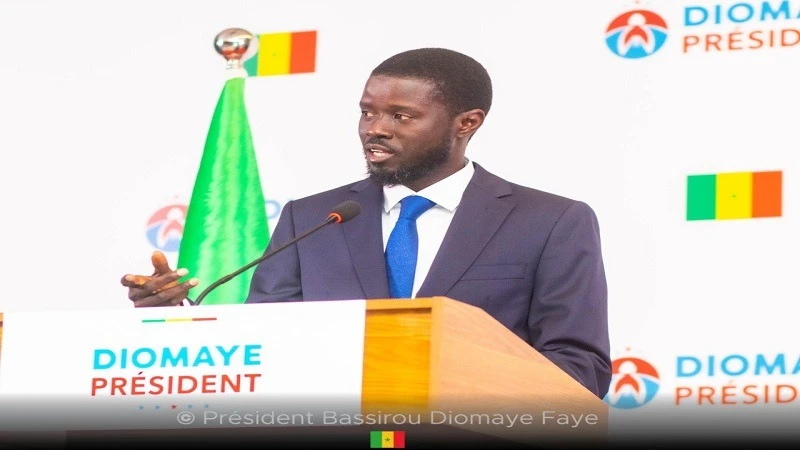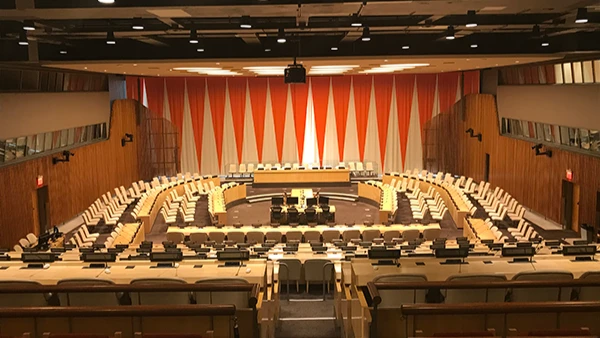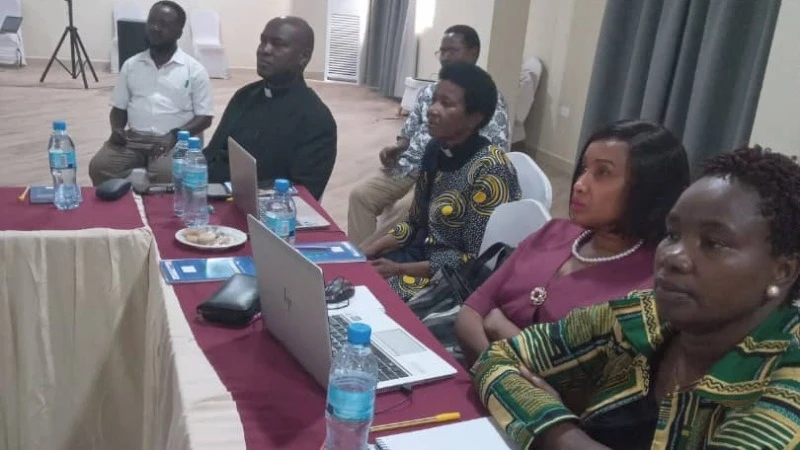Resettlement in Ngorongoro: A government initiative to safeguard wildlife and enhance community welfare

THE Ngorongoro Conservation Area, located in northern Tanzania, is one of the world's renowned sites, listed among the Wonders of the World due to its unique beauty and ecological significance.
Tanzania takes great pride in this exceptional heritage site, as it attracts researchers, tourists, and environmental fans from around the globe, showcasing the country's natural wonders to the world.
The Ngorongoro Crater, the world's largest inactive volcanic caldera, resulted from a massive volcanic explosion approximately two million years ago. With a diameter of 20 kilometers and a depth of 600 meters, it creates a unique ecological environment.
Ngorongoro is home to a rich biodiversity, hosting wildlife such as lions, elephants, black rhinos, buffaloes, zebras, antelopes, and numerous bird species.
This biodiversity is a major draw for tourists and researchers in ecology and biology, making investment in its protection and conservation imperative.
The conservation area is also crucial for human origin studies, with Olduvai Gorge, located within the conservation area, being the site where the skull of Zinjanthropus was discovered by Dr. Louis and Mary Leakey in 1959.
This discovery provided significant insights into human evolution and the development of early human technologies.
Ngorongoro's landscape is attractive, featuring a mix of highlands, hills, valleys, and water sources, offering excellent opportunities for tourism activities such as wildlife safaris, walking tours, and nature photography.
The Ngorongoro Conservation Area Authority (NCAA) works closely with local communities to ensure natural resources are used sustainably for the benefit of future generations.
Recently, the Tanzanian government, through the Ngorongoro Conservation Authority Area (NCAA), announced its goal to improve the living conditions of residents in the Ngorongoro division, especially those living within the conservation area.
This initiative aims to separate human and wildlife habitats to enhance conservation efforts. The reality is that human life within the conservation area is challenging, and residents lack complete freedom due to interactions with wildlife, with incidents of attacks by dangerous animals being reported.
The government's strategy includes educating and voluntarily resettling residents from the conservation area to Msomera village in Handeni, Tanga region, and other areas in the country. This move aims to provide residents with better and safer living conditions outside the conservation area.
Speaking to the residents of the Ngorongoro division at various times during the awareness, resettlement, and registration process, the Acting Public Relations Manager of the NCAA, Mr. Hamis Dambaya, states that the awareness campaign would continue until every resident of the Ngorongoro division understands the importance of voluntary resettlement.
The government has conducted extensive research on this initiative, and the concept of resettling residents from within this cherished world heritage site should not be misunderstood, because the natural wealth at stake requires decisive action to ensure its preservation.
Dambaya adds that the government is genuinely committed to this initiative, hence the efforts to educate residents on the risks of continuing to live within the conservation area, the benefits they will receive by agreeing to resettle, and the reliable infrastructure prepared for them in the new locations.
"You live in difficult conditions due to the lack of freedom to enter and exit the conservation area, fearing dangerous animals that pose a threat to your livestock, property, and even your lives, the government has made the right decision to encourage you to seek better and freer lives outside the conservation area, just like other Tanzanians," emphasizes Dambaya.
However, the initiative to educate and voluntarily resettle residents from within the Ngorongoro Conservation Area has sparked various debates and opinions; this situation necessitates the government to continue providing education along with accurate answers regarding its purpose of protecting and conserving this area.
Critics of the government's efforts to encourage residents to resettle outside the conservation area, particularly in Msomera, Handeni district, appear to misunderstand the challenges faced by those residing within the conservation area.
Dambaya further stresses that the government is determined to ensure that every resident who agrees to relocate receives all the entitlements under this plan, including financial assistance and improved social services.
“These entitlements are crucial for residents to transform their lives and live happier, economically and socially vibrant lives,” he insists.
Resettling residents from within the conservation area is also a crucial step in protecting the environment and wildlife.
Critics should understand that conservation is for the benefit of the present and future generations, by resettling residents from the conservation area, it allows the environment to return to its natural state and prevent conflicts between humans and wildlife.
The government has worked closely with local communities to ensure this resettlement process is done in a peaceful manner and more importantly voluntarily. This cooperation has shown great success and brought new hope to the Tanzanian communities that once lived in these conservation areas.
Residents moving to Msomera receive a package of 10 million Tanzanian shillings, while those moving to other regions receive 15 million Tanzanian shillings.
Through these efforts, it is clear that the government is committed to improving the lives of every resident of the Ngorongoro division and restoring their happiness by providing safe living environments away from the dangers of wildlife.
This step will help preserve the natural heritage of the Ngorongoro Conservation Area for future generations.
By Correspondent Constantine Akitanda
Top Headlines
© 2024 IPPMEDIA.COM. ALL RIGHTS RESERVED

























